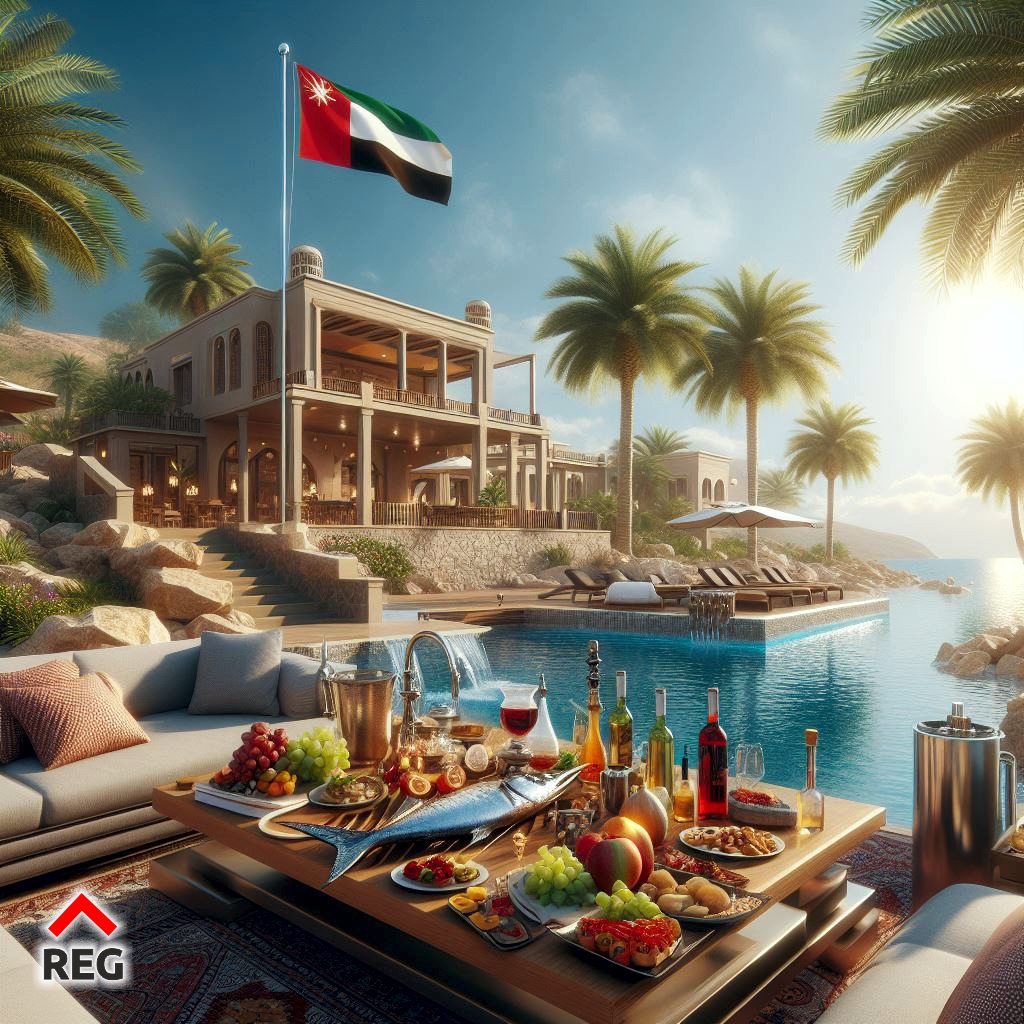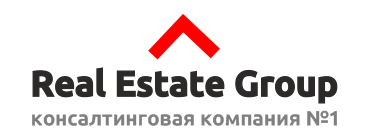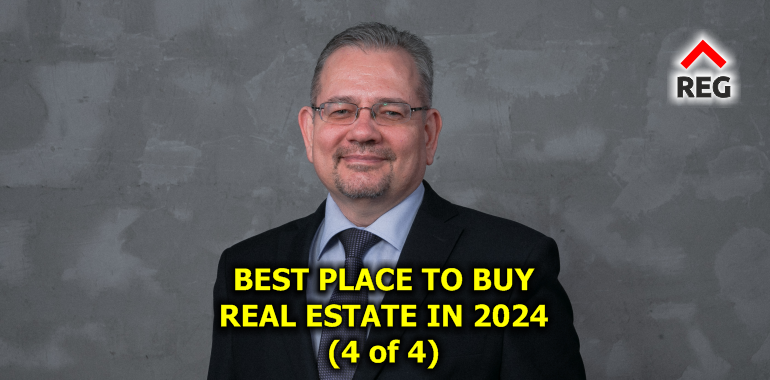YouTube
Podcasts
MAVE | Apple Podcasts | Google Podcasts | Spotify |Яндекс Музыка | VK | SoundStream | Deezer | Castbox | Overcast | Pocket Casts | Podcast Addict
Want to buy real estate in Salalah, Oman? Write us on WhatsApp and Real Estate Group will find the best options for you. Everyone buys from us!
Chapter 5: How to evaluate and compare the investment returns of different strategies.
Buying a property in Salalah, Oman, for selling or renting after completion can be a profitable and rewarding investment, as you can benefit from the appreciation and income of the property. However, buying a property, especially one that is under construction, can also be a complex and risky investment, as there are many factors and variables that can affect the performance and outcome of the investment. Therefore, it is advisable to evaluate and compare the investment returns of different strategies, such as net present value, internal rate of return, payback period, etc.
In this chapter, Real Estate Group will review some of the most common and useful methods for evaluating and comparing the investment returns of various strategies, such as buying real estate in Salalah, Oman, for sale or renting out after construction is completed. Real Estate Group will also provide several examples and calculations of each method based on current market data and projections.

Net Present Value (NPV)
Net present value (NPV) is a method that calculates the present value of the future cash flows of an investment, minus the initial investment cost. NPV is a useful method to compare the profitability and attractiveness of different investments, as it shows the net gain or loss from investing in a project. A positive NPV means that the investment is profitable and worth pursuing, while a negative NPV means that the investment is unprofitable and should be avoided.
To calculate the NPV, you need to estimate the future cash flows of the investment, and discount them to the present value using a discount rate or the required rate of return. The discount rate is the interest rate that you could earn on an alternative investment with similar risk and duration. The higher the discount rate, the lower the present value of the future cash flows, and vice versa.
For example, suppose you want to buy a 2-bedroom apartment in Amazi, a new waterfront residential resort project in Salalah, Oman, for selling or renting after completion. The purchase price of the apartment is OMR 150,000 (US$ 389,000), and you need to pay a 15% booking fee OMR 22,500 (US$ 58,350) and a 5% reservation fee OMR 7,500 (US$ 19,450) upfront. The remaining balance of 80% OMR 120,000 (US$ 311,200) is due upon completion and delivery of the property, which is expected to be in two years. The registration fee is 3% of the purchase price OMR 4,500 (US$ 11,670), and the stamp duty is 3% of the purchase price OMR 4,500 (US$ 11,670), both payable upon completion and delivery of the property. The annual service charge is OMR 2 per square meter (US$ 5.2 per square meter), and the apartment has an area of 100 square meters. The utility bills are estimated to be OMR 30 per month (US$ 78 per month).
If you plan to sell the apartment after completion, you can expect to sell it for OMR 180,000 (US$ 466,000), based on the current market trends and projections. The capital gains tax is 5% of the profit OMR 1,500 (US$ 3,890).
If you plan to rent the apartment after completion, you can expect to rent it for OMR 600 per month (US$ 1,556 per month), based on the current market trends and projections. The income tax is 15% of the rental income, but it is waived if you rent the property for personal use or for less than OMR 30,000 (US$ 77,900) per year.
Assuming a discount rate of 10%, the NPV of each strategy is:
- Selling strategy:
The cash flow in the first year is zero, as there is no income or expense. The cash flow in the second year is the selling price minus the remaining balance, the registration fee, the stamp duty, and the capital gains tax, which is OMR 49,500 (US$ 128,240). The present value of the cash flow in the second year is the cash flow divided by 1.1 squared, which is OMR 40,661 (US$ 105,310). The NPV is the present value of the cash flow in the second year minus the initial investment cost, which is the booking fee and the reservation fee, which is OMR 10,661 (US$ 27,620).
- Renting strategy:
The cash flow in the first year is the rental income minus the income tax, the service charge, and the utility bills, which is OMR 5,100 (US$ 13,220). The present value of the cash flow in the first year is the cash flow divided by 1.1, which is OMR 4,636 (US$ 12,020). The cash flow in the second year is the same as the first year, minus the remaining balance, the registration fee, and the stamp duty, which is OMR -114,900 (US$ -297,810). The present value of the cash flow in the second year is the cash flow divided by 1.1 squared, which is OMR -93,893 (US$ -243,460). The cash flow in the third to tenth year is the same as the first year, which is OMR 5,100 (US$ 13,220). The present value of the cash flow in the third to tenth year is the cash flow divided by 1.1 to the power of the year number, which is OMR 4,214 (US$ 10,920), OMR 3,831 (US$ 9,930), OMR 3,483 (US$ 9,020), OMR 3,166 (US$ 8,200), OMR 2,878 (US$ 7,460), OMR 2,616 (US$ 6,780), OMR 2,378 (US$ 6,160), and OMR 2,162 (US$ 5,600), respectively. The NPV is the sum of the present value of the cash flows in all the years minus the initial investment cost, which is OMR -8,529 (US$ -22,090).
Therefore, based on the NPV method, the selling strategy is more profitable and attractive than the renting strategy, as it has a positive NPV of OMR 10,661 (US$ 27,620), while the renting strategy has a negative NPV of OMR 8,529 (US$ 22,090).
Internal Rate of Return (IRR)
Internal rate of return (IRR) is a method that calculates the annualized rate of return of an investment, based on the future cash flows of the investment. IRR is a useful method to compare the profitability and attractiveness of different investments, as it shows the percentage return that the investment generates. A higher IRR means that the investment is more profitable and worth pursuing, while a lower IRR means that the investment is less profitable and should be avoided.
To calculate the IRR, you need to find the discount rate that makes the NPV of the investment equal to zero. This means that the present value of the future cash flows of the investment is equal to the initial investment cost. The higher the discount rate, the lower the NPV of the investment, and vice versa.
For example, using the same data as the previous examples, the IRR of each strategy is:
- Selling strategy:
The IRR is the discount rate that makes the NPV of the selling strategy equal to zero. This means that the present value of the cash flow in the second year minus the initial investment cost is zero. To find the IRR, you can use a trial and error method, or a financial calculator or an online tool. The IRR is 25.38%.
- Renting strategy:
The IRR is the discount rate that makes the NPV of the renting strategy equal to zero. This means that the sum of the present value of the cash flows in all the years minus the initial investment cost is zero. To find the IRR, you can use a trial and error method, or a financial calculator or an online tool. The IRR is 7.07%.
Therefore, based on the IRR method, the selling strategy is more profitable and attractive than the renting strategy, as it has a higher IRR of 25.38%, while the renting strategy has a lower IRR of 7.07%.
Payback Period (PP)
Payback period (PP) is a method that calculates the time required for an investment to recover its initial cost, based on the future cash flows of the investment. PP is a useful method to compare the liquidity and risk of different investments, as it shows the duration of the investment. A shorter PP means that the investment is more liquid and less risky, while a longer PP means that the investment is less liquid and more risky.
To calculate the PP, you need to divide the initial investment cost by the average annual cash flow of the investment. The average annual cash flow is the total cash flow of the investment divided by the number of years of the investment. The lower the PP, the faster the investment recovers its cost, and vice versa.
For example, using the same data as the previous examples, the PP of each strategy is:
- Selling strategy:
The PP is the initial investment cost divided by the average annual cash flow of the selling strategy. The initial investment cost is the booking fee and the reservation fee, which is OMR 30,000 (US$ 77,800). The average annual cash flow of the selling strategy is the total cash flow of the selling strategy divided by the number of years of the selling strategy. The total cash flow of the selling strategy is the selling price minus the remaining balance, the registration fee, the stamp duty, and the capital gains tax, which is OMR 49,500 (US$ 128,240). The number of years of the selling strategy is two, as the property is expected to be completed and sold in two years. Therefore, the average annual cash flow of the selling strategy is OMR 49,500 (US$ 128,240) divided by two, which is OMR 24,750 (US$ 64,120). The PP is OMR 30,000 (US$ 77,800) divided by OMR 24,750 (US$ 64,120), which is 1.21 years.
- Renting strategy:
The PP is the initial investment cost divided by the average annual cash flow of the renting strategy. The initial investment cost is the same as the selling strategy, which is OMR 30,000 (US$ 77,800). The average annual cash flow of the renting strategy is the total cash flow of the renting strategy divided by the number of years of the renting strategy. The total cash flow of the renting strategy is the sum of the rental income minus the income tax, the service charge, and the utility bills in each year, minus the remaining balance, the registration fee, and the stamp duty in the second year. The number of years of the renting strategy is ten, as the property is expected to be rented for ten years. Therefore, the average annual cash flow of the renting strategy is OMR 51,000 (US$ 132,200) divided by ten, which is OMR 5,100 (US$ 13,220). The PP is OMR 30,000 (US$ 77,800) divided by OMR 5,100 (US$ 13,220), which is 5.88 years.
Therefore, based on the PP method, the renting strategy is more liquid and less risky than the selling strategy, as it has a shorter PP of 5.88 years, while the selling strategy has a longer PP of 1.21 years.
In this chapter, we have discussed some of the most common and useful methods to measure and compare the investment returns of different strategies, such as buying a property in Salalah, Oman, for selling or renting after completion. We have also provided some examples and calculations of each method, based on the current market data and projections.
We have learned that each method has its own advantages and disadvantages, and that different methods may yield different results and rankings. Therefore, it is important to use multiple methods and criteria to evaluate and compare the investment returns of different strategies, and to consider the assumptions, limitations, and uncertainties of each method.
We have also learned that there is no one-size-fits-all strategy for investing in real estate, and that each strategy has its own benefits and challenges, depending on the goals, preferences, and budget of the investor. Therefore, it is essential to choose a strategy that aligns with your investment objectives and the findings from your market research and analysis.
Want to buy real estate in Salalah, Oman? Write us on WhatsApp and Real Estate Group will find the best options for you. Everyone buys from us!
Conclusion
In this article, Real Estate Group reviewed various aspects of buying under construction residential real estate in Salalah, Oman for different purposes and strategies. Real Estate Group has discussed market overview, location analysis, property types, buying process, legal and financial aspects, return on investment, and risks and insurance. Real Estate Group also provided several examples and calculations for each aspect based on current market data and projections.
Real Estate Group revealed that Salalah, Oman is a unique and attractive destination for real estate investment, especially for under construction properties, as it offers a number of advantages and benefits such as:
- A stable and diversified economy, with a strong focus on tourism, trade, and logistics
- A transparent and friendly legal system, with 100% ownership and residency for foreign nationals
- A favorable and flexible tax regime, with 0% personal income tax and low capital gains tax
- A rich and diverse natural and cultural heritage, with a tropical climate, pristine beaches, lush mountains, and historical landmarks
- A growing and vibrant community, with a range of amenities and facilities, such as hotels, resorts, malls, schools, hospitals, etc.
- A high potential for appreciation and demand, with a limited supply and availability of properties, especially in waterfront and resort-like projects
- A high return and profitability, with a choice of different strategies, such as selling or renting after completion, depending on the goals and preferences of the investor
We have also learned that buying residential real estate under construction in Salalah, Oman, requires careful planning and preparation, as it involves a complex and risky process, with many factors and variables to consider, such as:
- The type and size of the property, which should suit the budget, lifestyle, and needs of the buyer or the tenant
- The location and area of the property, which should offer a good view, access, security, and environment
- The developer and project of the property, which should have a good reputation, experience, portfolio, and financial status
- The broker and agency of the property, which should have a good reputation, track record, and services
- The contract and agreement of the property, which should be clear, fair, and legal, and protect the rights and interests of the buyer
- The payment and transfer of the property, which should be timely, secure, and complete, and include all the fees and charges
- The delivery and inspection of the property, which should be on schedule, match the specifications, and be free of any defects or damages
- The visa and residency of the property, which should be valid, renewable, and inclusive of the family and parents of the buyer
- The taxes, fees, and other charges of the property, which should be low, transparent, and predictable
- The risks and uncertainties of the property, which should be minimized, mitigated, and insured
Therefore, we can conclude that buying residential real estate under construction in Salalah, Oman, is one of the best things in the world in 2024, as it offers a rare opportunity to invest in a fast-growing and future-facing destination, with a high potential for appreciation and income, and a low risk and cost. However, it also requires a thorough research and analysis, and a professional and reliable guidance, to ensure a successful and satisfying outcome.
Real Estate Group hopes that this article has provided you with valuable information and helped you make an informed and confident decision. If you are interested in purchasing a residential property under construction in Salalah, Oman, please feel free to contact Real Estate Group at any time and we will be happy to assist you with your questions and needs.






